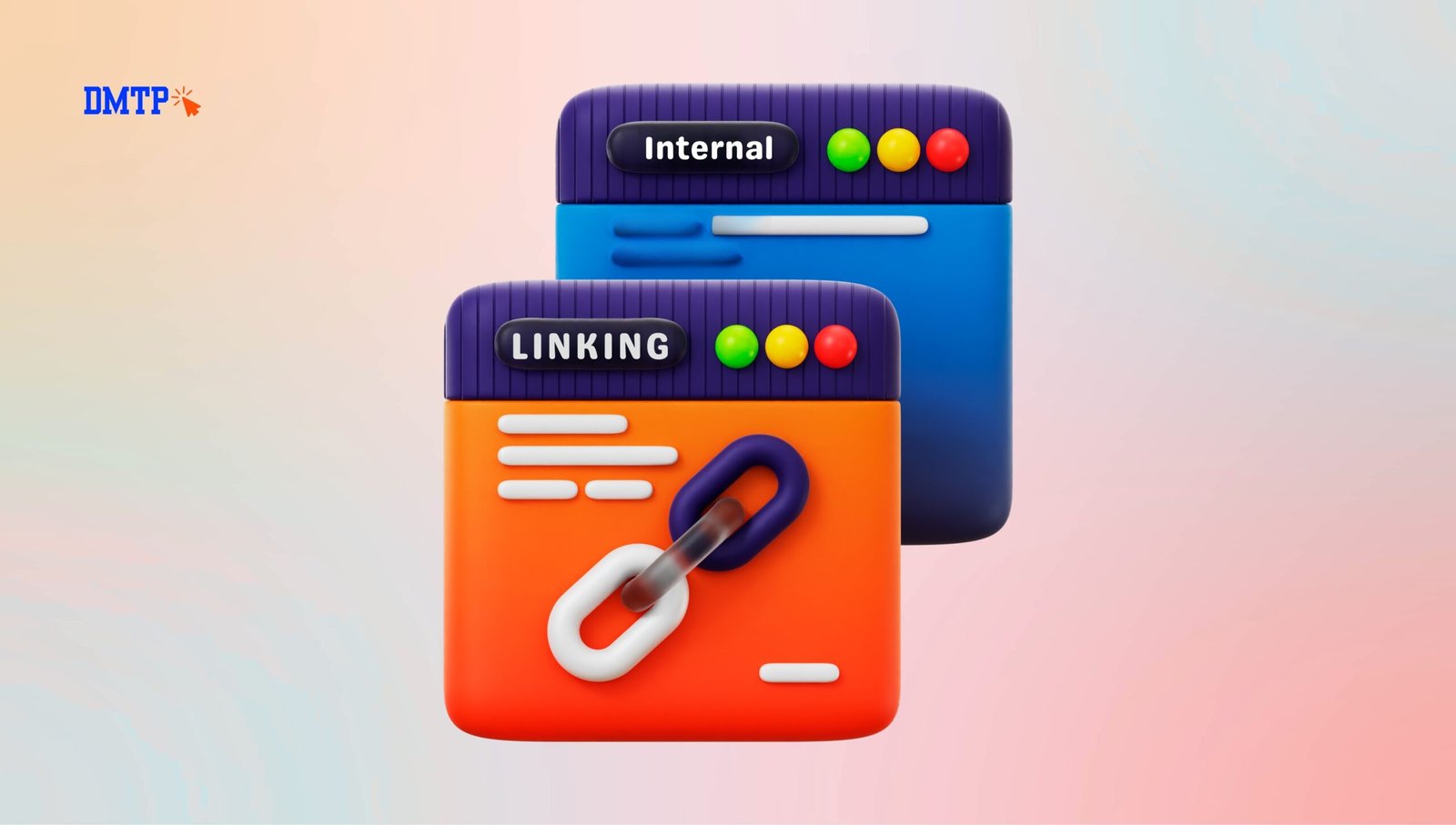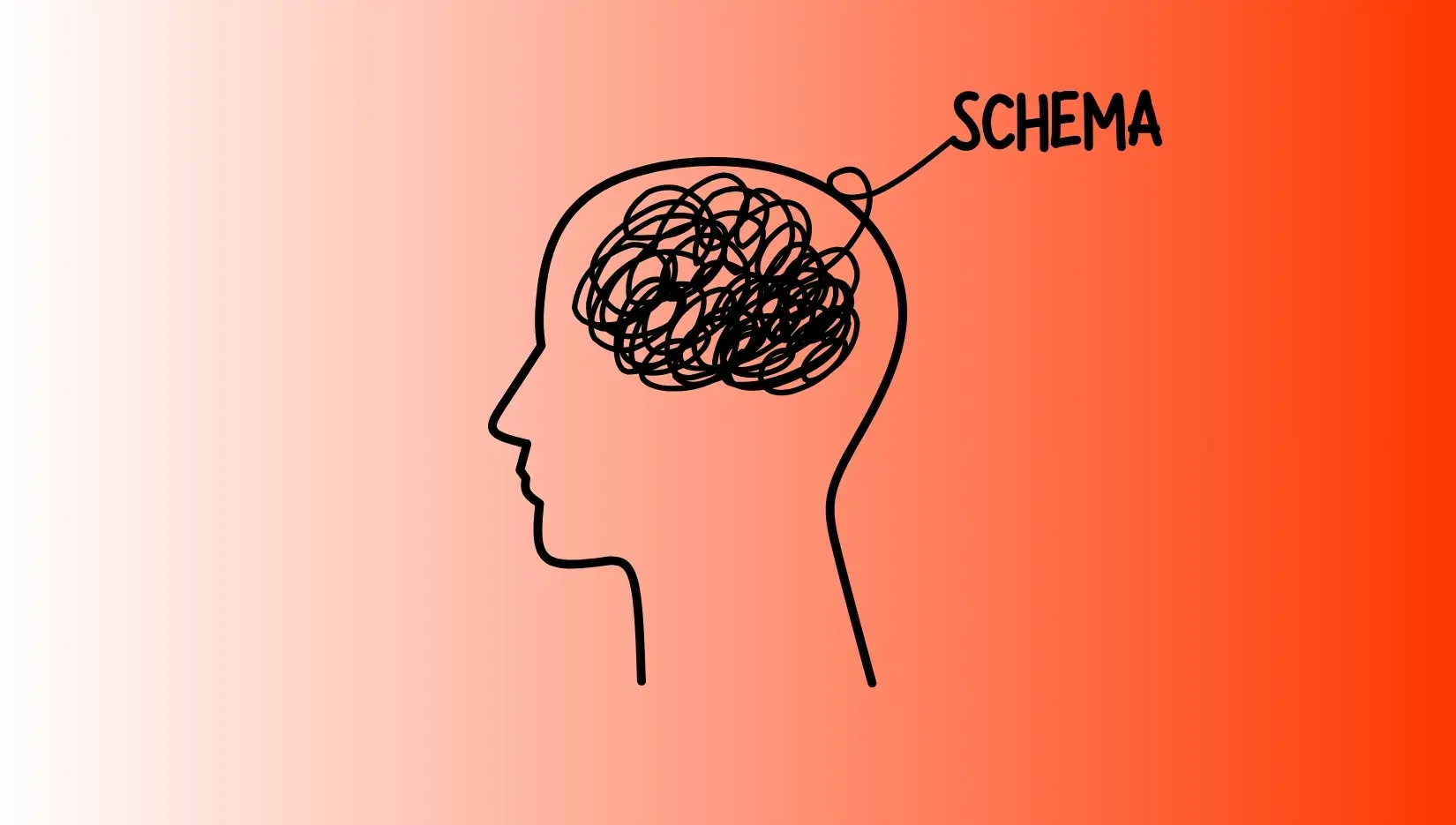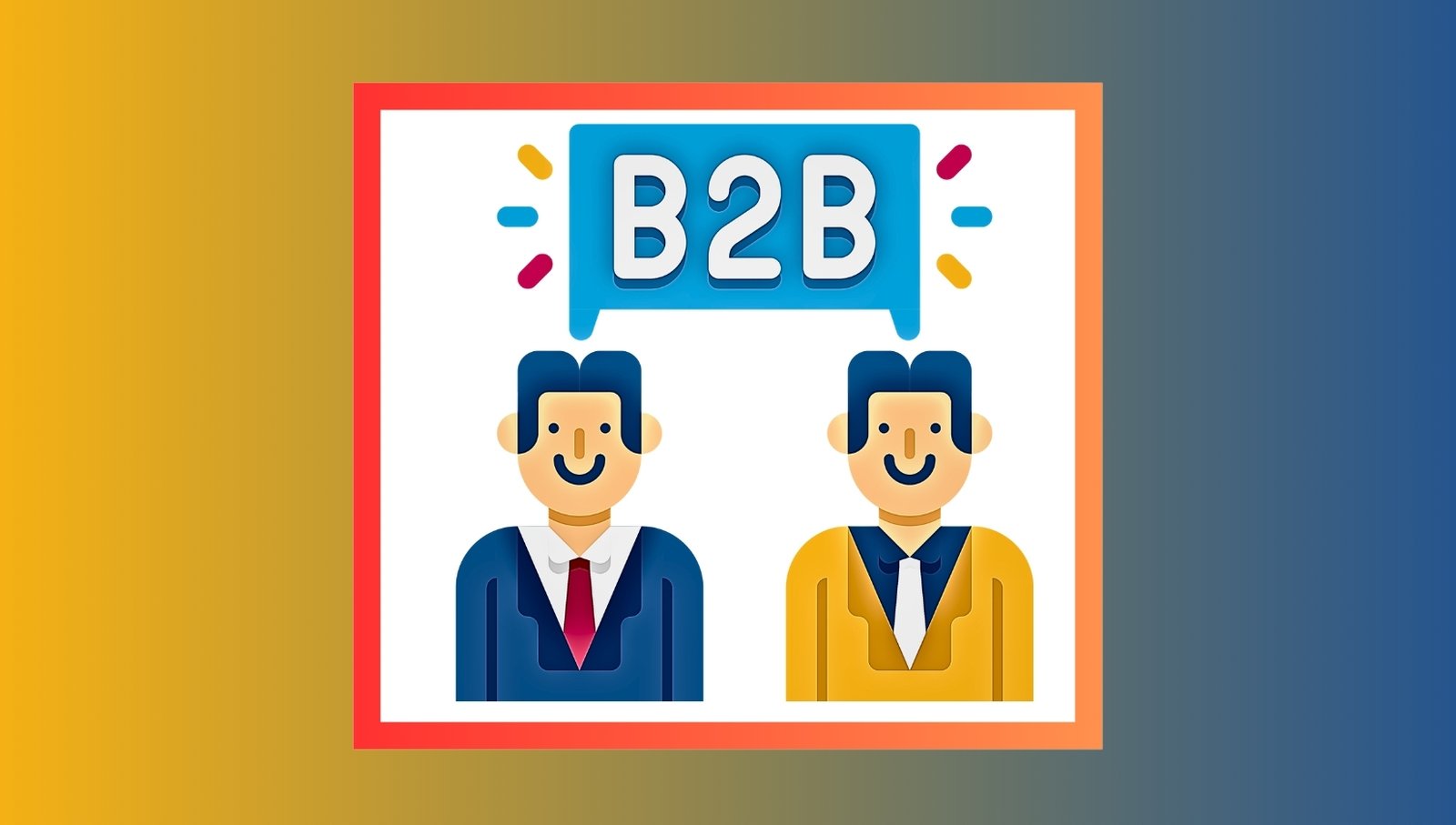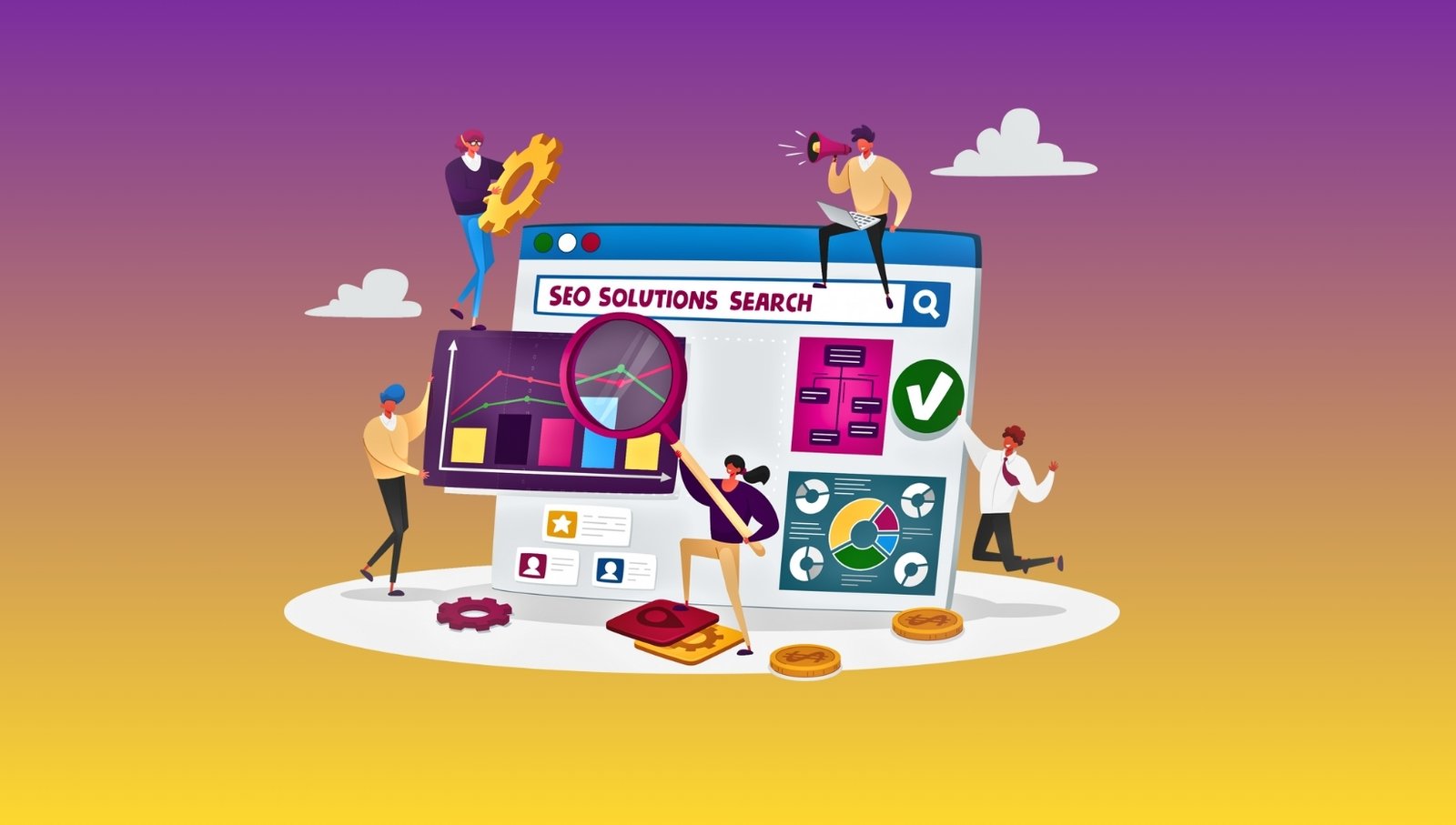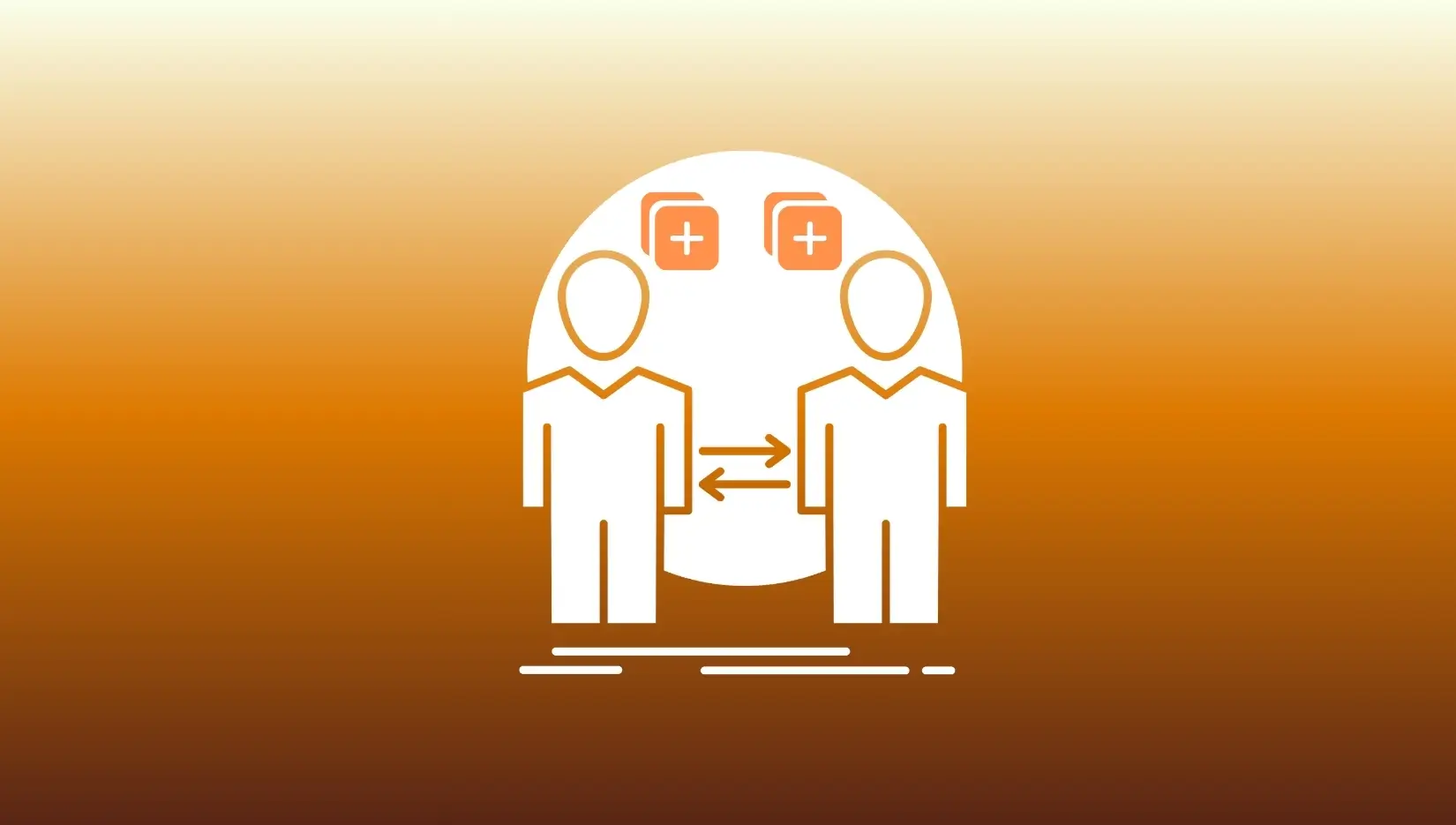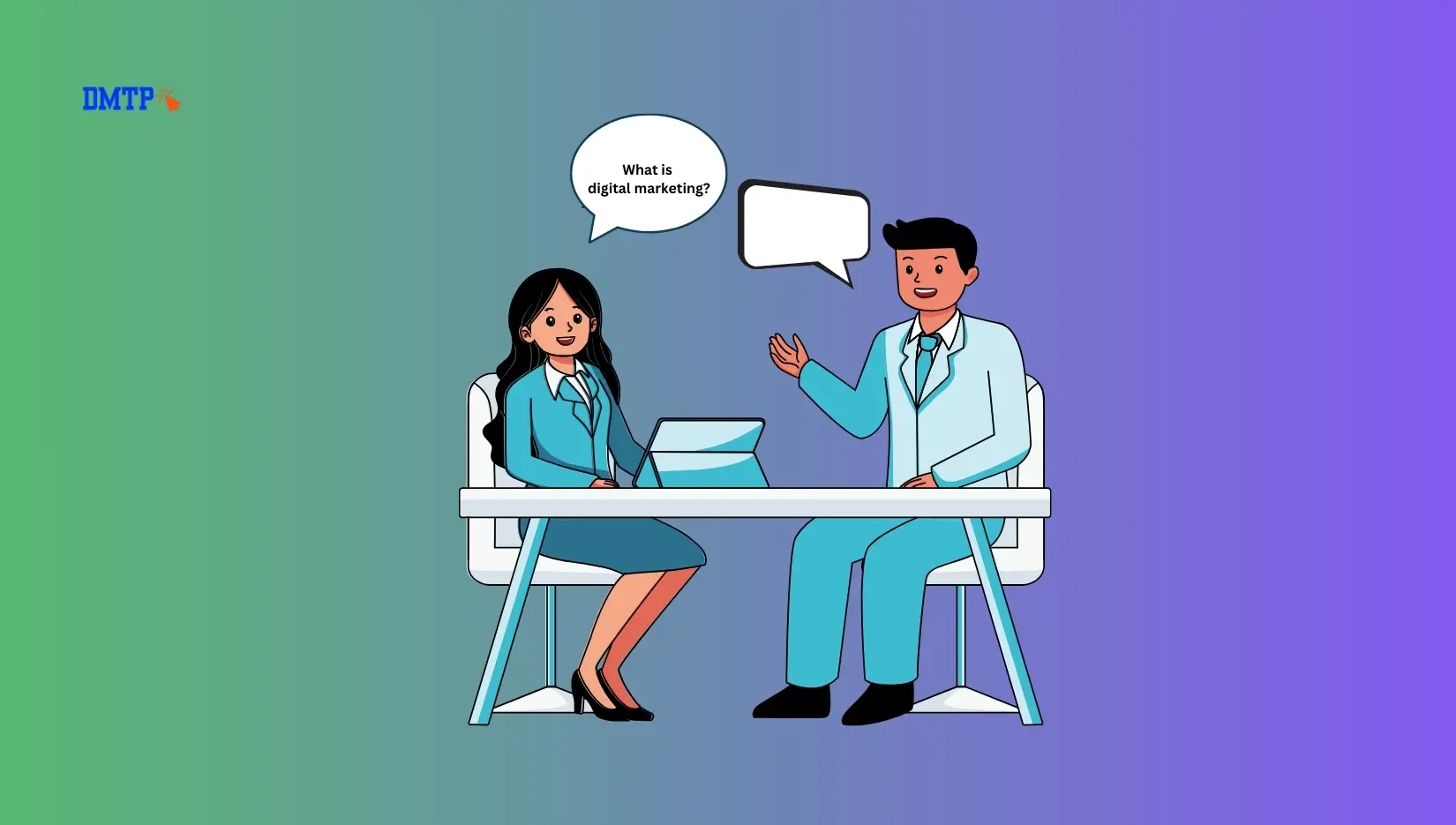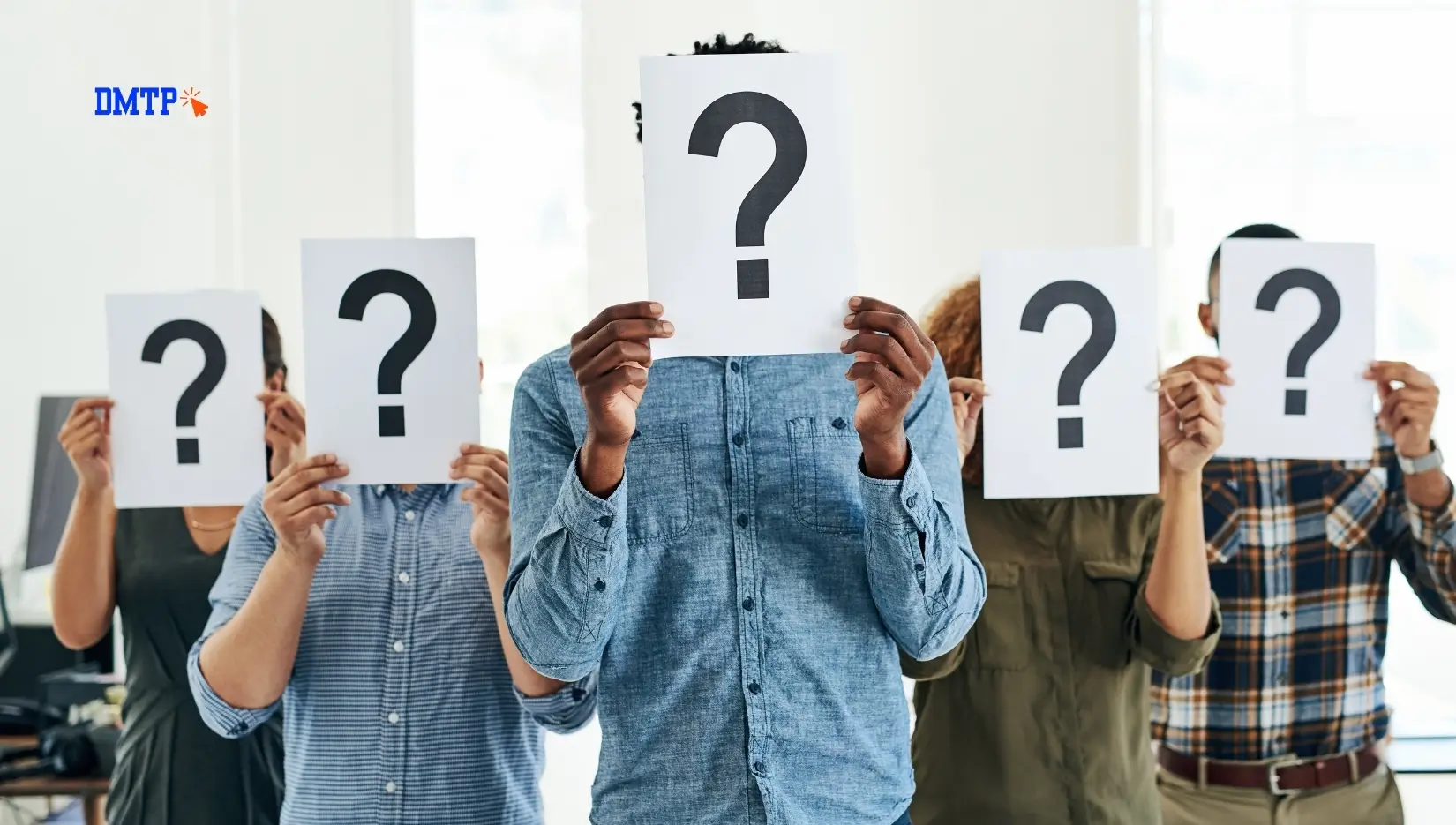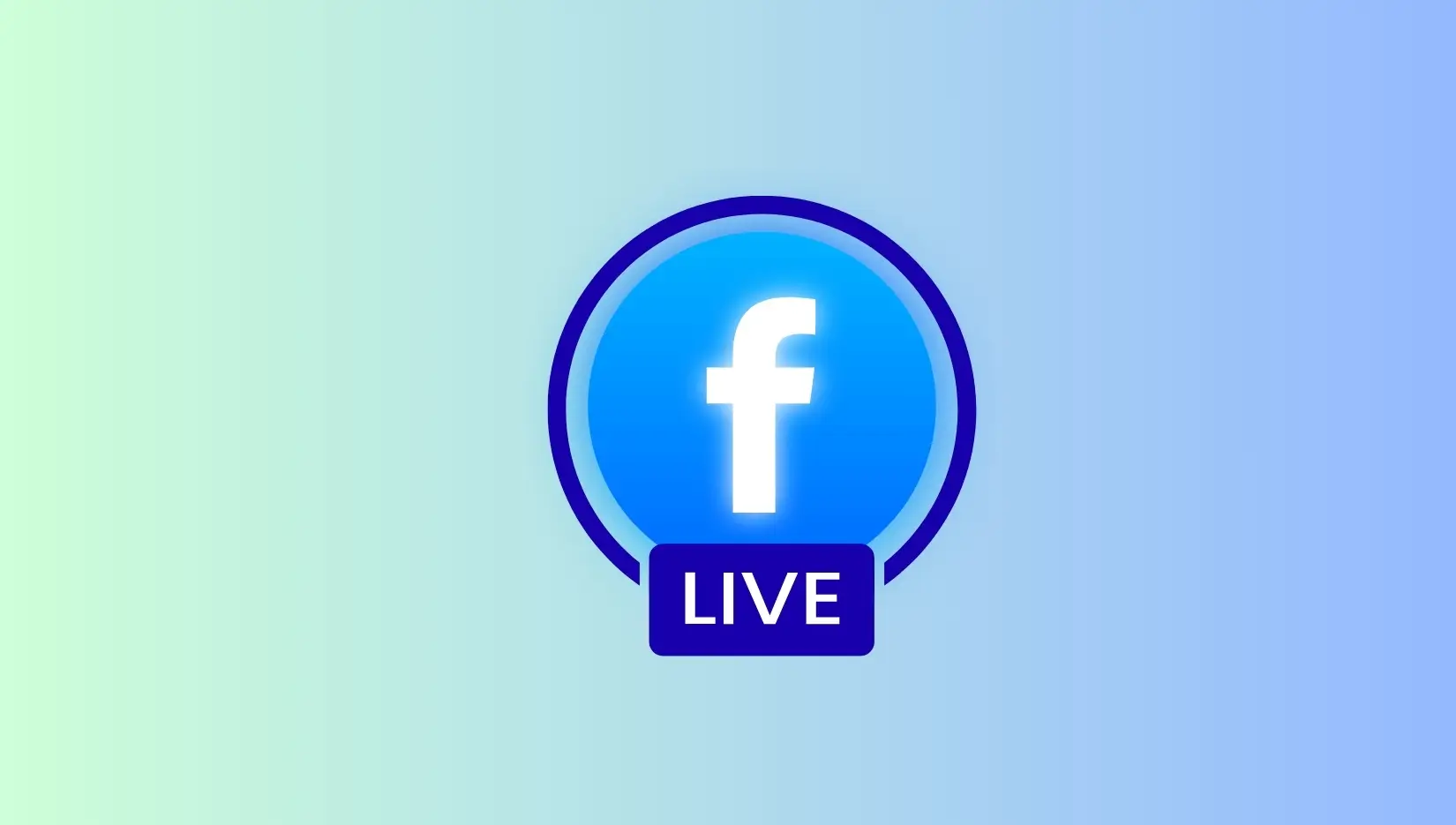Do you want to be successful in SEO without relying on links from other websites? Start with something entirely in your control the internal linking strategy.
In this article we’ll show you how to create a strong internal link structure that will help the SEO goals of your website, from improving the experience for users to signalling the hierarchy of content for search engine crawlers. We’ll also look at the ways in which AI changes internal link structure and what Google’s advancing algorithm is looking for from your site structure by 2025 as well as beyond.
Why Internal Linking Deserves Your Attention
The majority of marketers focus on linking to external sources however, they neglect internal linking, a missed chance that can impact how Google crawls indexes, crawls, and ranks your website.
As per Ahrefs (2023) the pages that have more internal links linking towards them tend to be more popular. Google has stressed how important internal links are to help to understand the relationship between content and their importance.
“Google will need to locate your web pages and comprehend what they’re all about. Internal linking is beneficial for as well.” -John Mueller, Google Search Advocate. John Mueller, Google Search Advocate
What is Internal Linking? (and How Does It Differ from Backlinks)
- Internal hyperlinks connect one part of your website to another.
- backlinks (external link) are links from other websites to your website.
Although links are a form of vote of trust from other people, internal links are like GPS directions to Google as well as your customers. An effective internal link strategy doesn’t just improve navigation, but additionally transfers links with value (SEO worth) to key pages.
Benefits of a Smart Internal Links Strategy
| Benefit | Impact on SEO |
|---|---|
| Crawlability & Indexation | Googlebot finds additional content on your website |
| Link Equity Distribution | Increases authority of pages with priority |
| Topic Relevance Signaling | Helps Google to group the content according to subject |
| Lower Bounce Rates | Users can use the guides to stay longer and discover |
| Content Hierarchy | Provides clarity on the structure of the website to make it easier for search engines. |
| Reduced Orphan Pages | Make sure every page is discovered and is indexed |
Internal Linking Best Practices (2025 Edition)
1. Plan Your Site Architecture
Utilize the hub-and-spoke system:
- Hub = Main Topic Page (e.g., “SEO Strategy”)
- Spokes = pages that are subtopic (e.g., “Internal Linking”, “Backlink Outreach”)
This strategy helps to build authority on the topic, something Google recognizes under E-E-A.T.
2. Use Descriptive Anchor Text
Avoid vague terms such as “click here” or “read more”. Instead:
“Learn how to implement a winning SEO link building plan”
“Click here for more info”
3. Link Deep, Not Just to the Homepage
The majority of internal links link to the home page or contact page. This is a waste of potential. Concentrate on more extensive, valuable content such as blog posts as well as case studies or service webpages.
4. Fix Orphan Pages
Pages that are orphaned (those that do not have internally linked pages) are inaccessible by crawlers unless they’re submitted via an online sitemap. Utilize tools such as Screaming Frog and Ahrefs Site Audit to find and fix the problem.
5. Use Internal Links for Keyword Targeting
Link to the content with keyword-relevant anchor text. But don’t overdo it. Make it simple and beneficial.
6. Maintain a Reasonable Link Depth
Bots and users should be able to access any website within three clicks or less from the home page.
AI and Internal Linking: What’s Changing in 2025
AI has revolutionized the way we create links within our internal structures.
AI-Powered Link Suggestions
Tools such as Searcher SEO, MarketMuse tools like Surfer SEO, MarketMuse as well as Link Whisper automatically recommend context-aware internal links as you write. These tools scan your content library to match relevant anchor opportunities–saving time and reducing manual errors.
Semantic Link Mapping
Search engines are increasingly focusing in their semantic relevancy–how things are linked to each other in meaning, not only keywords. AI tools employ NLP (Natural Language Processing) to help you map your content semantically and provide concepts that are relevant to your content. internal hyperlinks.
Generative AI in CMS Platforms
Platforms such as WordPress, Wix along with Webflow integrate AI plugins that create dynamic internal links based upon user behaviour, scroll depth as well as engagement indicators.
Real-World Case Study: HubSpot’s Pillar Strategy
HubSpot is famously known for its use of the pillar-cluster model. The “Marketing” pillar page links to a myriad of subtopics each one linking back. This:
- Creates credibility on a subject that is fundamental
- Keeps users on-site longer
- Produces additional included snippets
Based on the report for 2023 SEO research, this method increased the organic search traffic more than 30 percent year-over-year in several of the most popular phrases.
Internal Linking Checklist
Design a sensible site structure (hub and spoke model)
Utilize anchors with keywords that are relevant and keyword-rich text
Check and fix pages that are not working
Connect new pages to 3-5 previously related pages
Make older content more accessible and link to the latest content
Do not overburden pages with hyperlinks (aim at 100 per page)
Utilize tools such as Link Whisper or Screaming Frog to conduct audits.
Verify that links can be crawled (no nofollow links on internal links)
Internal Linking for Different Website Types
| Website Type | Internal Linking Focus |
|---|---|
| E-commerce | Links from the pages of products to categories and guides |
| Blog | Interlinks between pillar pages and posts |
| SaaS | Link page features to tutorials and case studies. |
| Local Business | Link from the service pages to pages for location |
FAQs on Internal Linking Strategy (Voice Search Optimized)
What is the best method to develop internal links to aid in SEO?
Begin with a solid website structure, and use relevant anchor text and interlink with related content using a hub-andspoke model.
Which number of links must I use per page?
There’s no set number, but try to keep it normal. Typically, 5 to 15 words per 1,000 words works best.
Do internal links aid SEO by 2025?
Yes! They increase crawlability, spread authority and boost the relevance of content–all in line with the latest SEO signals from Google.
Should I replace old posts with new internal hyperlinks?
Absolutely. It helps strengthen your content network and can help pass fresh link equity on more recent pages.
Does AI assist with internal linking?
Yes. Tools such as Surfer SEO and Link Whisper make use of AI to provide the most relevant internal links to you automatically.
